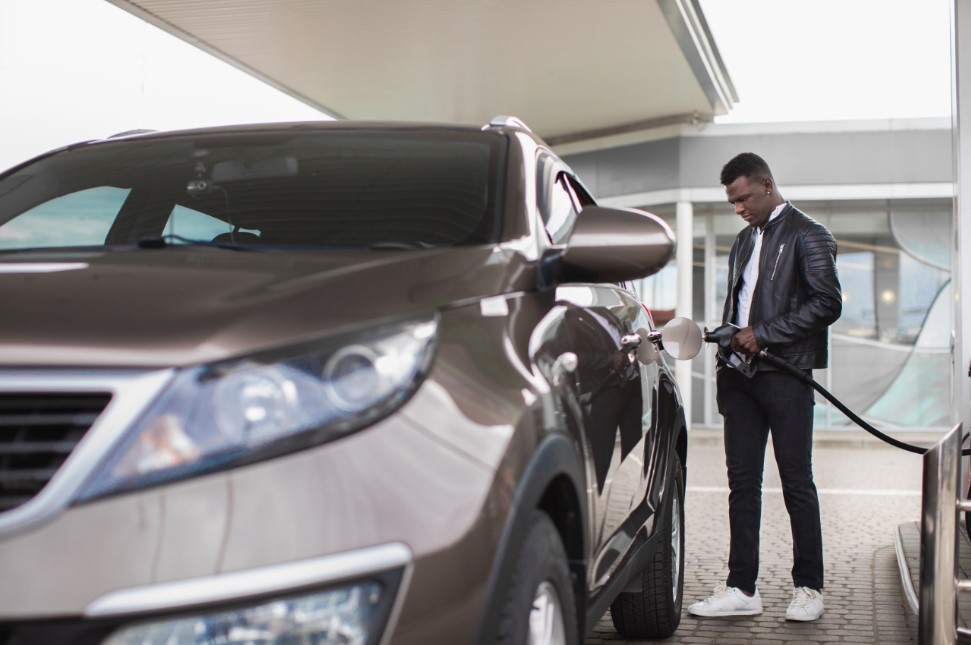
What to Put in Your D.I.Y. Emergency Roadside Kit
There are few situations that leave you feeling as helpless and frustrated as breaking down on the side of the road.
If you have cell service and can call for help, you may be able to quickly get back on the road. However, if you are traveling for summer vacation or you simply commute long distances, having an emergency roadside kit can make the difference between getting back on the road and being stranded for hours.
A well-stocked roadside kit is easy to put together yourself. Choose what’s right for your car, and grab a container, like a large backpack, to keep everything together and organized.
Must-Have Items
- Jumper cables
This is probably the most used item in a roadside kit. Sure, you aren’t going to be mid-commute and need jumper cables. It’s more likely that you’re getting ready to leave work only to discover you left an overhead light on, and your car is dead. Jumper cables combined with a good Samaritan’s car can quickly jump your vehicle and get you on your way home.
- Three triangle reflectors or LED flares
Distracted drivers are known for turning breakdowns into major accidents. Instantly alert other drivers you’re on the side of the road by putting these in front of and behind your stalled car.
- Fire extinguisher
A fire started by a car crash can quickly become unmanageable. When dealing with highly flammable gasoline, it’s a good idea to always keep a fire extinguisher strapped down in your trunk. Make sure to buy an extinguisher rated for Class B or Class C fires.
- Flashlights and extra batteries
Imagine trying to change a tire on a backcountry road in the dark. It’s not going to be pretty. Simple solution – pack a flashlight. Flashlights can also be used to flag down help and to direct cars to move over. Include extra batteries in case the first pair is drained.
- Car jack and spare tire
This one may go without mentioning, but you would be surprised how many people don’t have a car jack and spare tire in good condition – keyword “good”. Check the tire semi-regularly. A tire without any air in it will only add insult to injury. Make sure you familiarize yourself with how to safely change a flat tire before you get on the road.
- First-aid kit
Whether your child scrapes their knee at the neighborhood park or you’re treating minor injuries following a wreck, a first-aid kit is just good sense to keep on hand. You can buy a pre-assembled kit online or look at what they contain and make one yourself.
- Multipurpose tool
Packing an entire toolbox is overkill. Plus, it would take up a lot of real estate. Instead, look for an inexpensive multipurpose tool that can be used in a pinch for a variety of uses.
- Water
Texas summers are for river floating, boating, and drinking iced tea. They are not so great for changing a flat tire on a hot asphalt road. Doing so in the middle of an August day will likely leave you exhausted and dehydrated. Keep a gallon of water in the back of your car for emergencies.
We can’t promise you that you won’t break down on the side of the road. However, you can be confident that you’ll always have the safety tools you need when life’s little hiccups get you down.
The best way to prepare for those hiccups is by doing what you can to avoid them.
Keeping up with basic car maintenance can help you avoid the majority of roadside emergencies.
So, before you hit the road this summer, drop in or schedule an appointment for your Courtesy Inspection. Our ASE-certified technicians will go over all the major systems of your car and make sure you car is ready to go where you go.
“Always smiling, friendly, caring people helping you get on your way. I trust them completely with my car. Very much like family.” – Dorothy

[1].jpg)
Sunwash-Tech-with-Customer.jpg)




